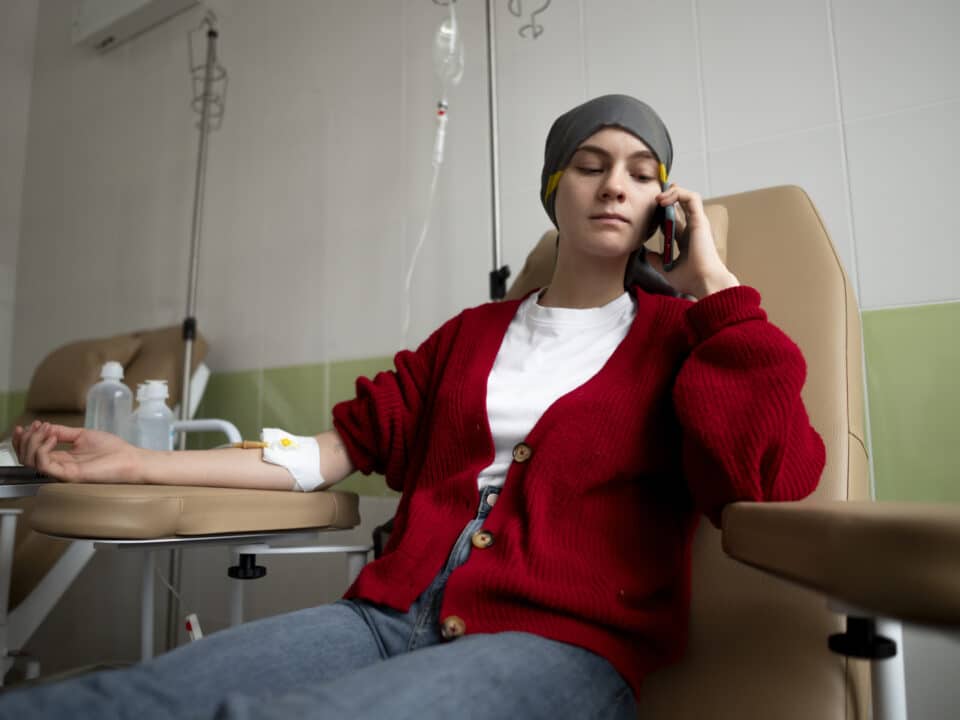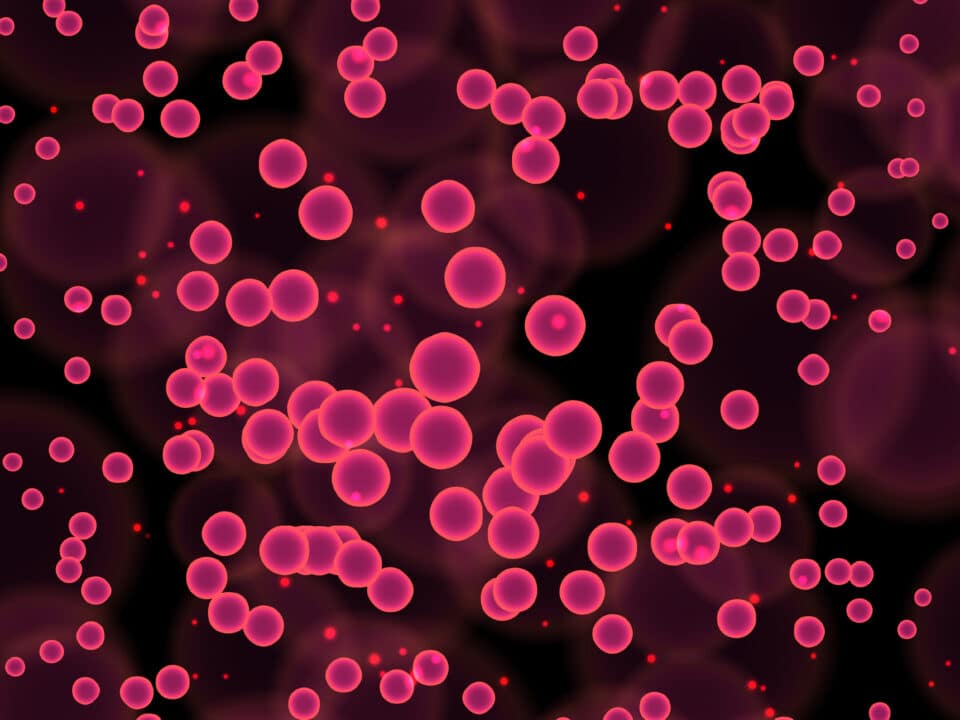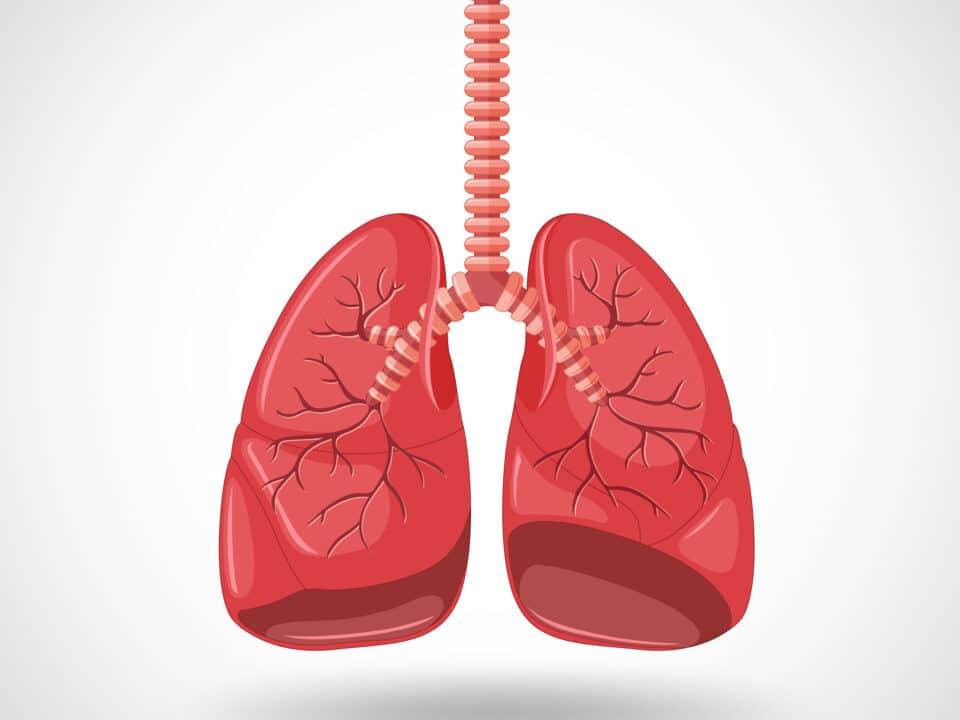- Immediate contact :
- +1-323-988-5889
- info@sifveinfinder.com
Vein-Finder-Assisted Nasolabial Injections:
March 14, 2020Vein-Detector-Assisted Rhinoplasty
March 16, 2020As skin ages, it naturally loses its elasticity and fat padding. This can make the eyelids appear puffy, wrinkled, and baggy. Eyelid surgery (blepharoplasty) is a facial rejuvenation technique to remove excess skin or fat from the eyelids. It is mainly done for aesthetic purposes and it aims to improve hooded or drooping eyelids or eye bags.
Ophthalmologists and oculoplastic surgeons most commonly perform these types of procedures. However, general plastic surgeons, oral and maxillofacial surgeons, and ear, nose, and throat surgeons also can perform cosmetic eyelid surgery.
During this type of procedure, doctors start with anesthesia, either general or intravenous sedation. For the upper lid surgery, surgeons remove fat and skin, with a thin stitch used to bring the skin together as an eyelid crease.
In the same vein, during lower eyelid surgery, surgeons have to make incisions directly below the lashes or on the inside of the eyelid to allow the removal of excess skin, the reduction of wrinkles, and the improvement of the shape of the eyelid closing. The final step for this surgery is closing incisions with sutures, surgical tape, and skin adhesives.
Despite being a basic simple cosmetic procedure, blepharoplasty is not a risk-free surgery. Common complications may include bruising, swelling, and soreness. For example, a rare complication of eyelid lifting is injuring the muscles that move the eyeball, bursting a vein that would lead to bleeding around the eye, and, in some extreme conditions, it can lead to a mild or complete loss of vision.
Eyelid surgery is performed in a very delicate area that is why practitioners of this surgery should take extreme caution to minimize those unwanted side effects that can be potentially disastrous.
To ensure more safety, a plastic surgeon can use the near-infrared vein detector SIFVEIN-7.1. It’s a lightweight vein detector, which can be easily converted into the hands-free mode with the use of the optional wheeled or fixed stands.
The near-infrared vein detector SIFVEIN-7.1 is reliable for an invasive cosmetic procedure performed on the sensitive facial territory since it gives surgeons lucid planning of the veins and arteries beneath the skin; therefore, it helps them to avoid inadvertently hitting a vein that might lead to bleeding or cause scarring and bruising that can make a patient utterly discontent.
To sum up, vein detectors make the medical professionals’ job easier and guarantee the satisfaction of the patients.
Disclaimer: Although the information we provide is used by different doctors and medical staff to perform their procedures and clinical applications, the information contained in this article is for consideration only. SIFVEINFINDER is not responsible neither for the misuse of the device nor for the wrong or random generalizability of the device in all clinical applications or procedures mentioned in our articles. Users must have the proper training and skills to perform the procedure with each vein finder device.
The products mentioned in this article are only for sale to medical staff (doctors, nurses, certified practitioners, etc.) or to private users assisted by or under the supervision of a medical professional.




